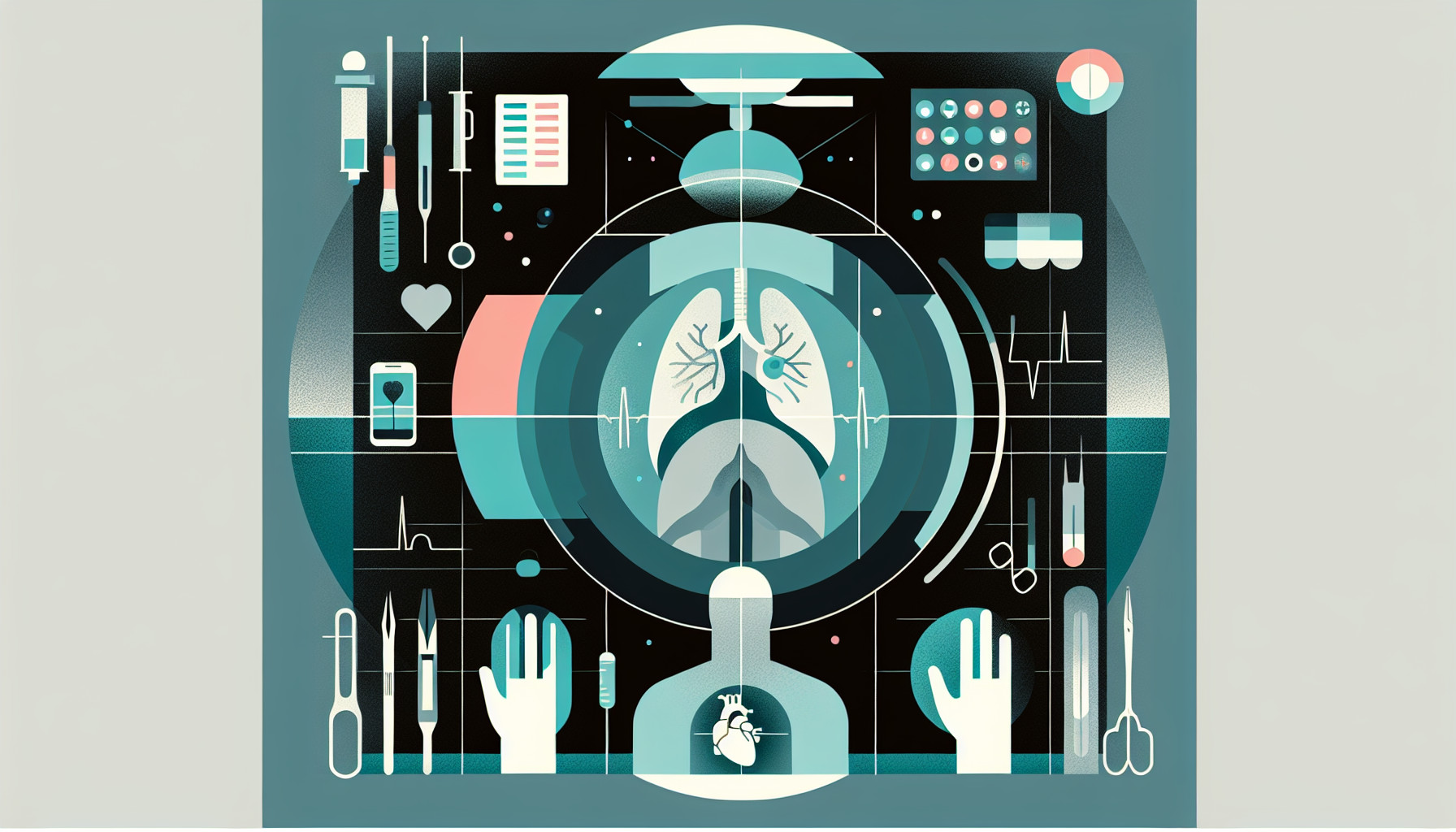Our Summary
This research paper discusses a new method for reconstructing nipples, particularly useful for patients who have had to undergo mastectomies due to breast cancer. Traditional methods for nipple reconstruction often result in nipples that lack projection. This new method, however, combines two techniques: a modified CV flap and a composite graft, or “nipple sharing”.
The study was conducted on 30 patients who had large diameters on their existing nipple and skin thickness less than 2mm. The researchers took a graft from the existing nipple and placed it between the V and C flaps of the reconstructed one.
The results after a year showed that the new nipple retained 68% of its initial projection, which is a significant improvement compared to previous methods. The average ratio of the new nipple’s projection to the existing one was 0.81. There were no complications with the donor nipple, and the scar from the procedure was not easily visible.
In conclusion, the combined method of a modified CV flap and composite graft can increase nipple projection and provide better symmetry between the reconstructed and existing nipple.
FAQs
- What is the new method for nipple reconstruction discussed in the research paper?
- Who were the subjects of this nipple reconstruction study and what procedure was performed on them?
- What were the results of the study and how do they compare to traditional methods of nipple reconstruction?
Doctor’s Tip
A doctor may advise a patient undergoing nipple reconstruction to consider the modified CV flap and composite graft technique for improved nipple projection and symmetry. This method has shown promising results in maintaining nipple projection and minimizing visible scarring. It is important for patients to discuss all available options with their healthcare provider to determine the best approach for their individual needs.
Suitable For
Patients who are recommended for this new nipple reconstruction method are those who have undergone mastectomies due to breast cancer and have large diameters on their existing nipple with skin thickness less than 2mm. These patients may have previously undergone traditional nipple reconstruction methods that resulted in nipples lacking projection. The new method is particularly beneficial for patients who desire improved nipple projection and symmetry between the reconstructed and existing nipple.
Timeline
Timeline:
- Before nipple reconstruction:
- Patient undergoes mastectomy due to breast cancer
- Patient consults with plastic surgeon to discuss options for breast reconstruction
- Patient decides to proceed with nipple reconstruction
- Plastic surgeon assesses patient’s existing nipple and skin thickness
- During nipple reconstruction:
- Plastic surgeon performs modified CV flap and composite graft procedure
- Graft is taken from existing nipple and placed between V and C flaps of reconstructed nipple
- Procedure is completed in one surgical session
- After nipple reconstruction:
- Patient experiences initial swelling and discomfort post-surgery
- Nipple gradually heals and forms shape over time
- Patient is able to see improved projection of reconstructed nipple compared to traditional methods
- Follow-up appointments with plastic surgeon to monitor healing and assess results
- Results show increased projection and symmetry between reconstructed and existing nipple
- Patient is satisfied with the outcome of the nipple reconstruction procedure
What to Ask Your Doctor
Some questions a patient should ask their doctor about nipple reconstruction using this new method include:
- How does the modified CV flap and composite graft technique differ from traditional methods of nipple reconstruction?
- What are the benefits of this new method in terms of nipple projection and symmetry?
- Are there any specific criteria that make a patient a good candidate for this technique?
- What is the success rate of this method in terms of retaining nipple projection over time?
- What are the potential risks or complications associated with this procedure?
- How long is the recovery time and what can I expect in terms of post-operative care?
- Will there be any visible scarring from the procedure?
- How many surgeries are typically needed to achieve the desired results with this technique?
- Are there any alternative methods for nipple reconstruction that I should consider?
- Can you provide me with before and after photos of patients who have undergone nipple reconstruction using this new method?
Reference
Authors: Kim YC, Yun JY, Lee HC, Yim JH, Eom JS. Journal: J Plast Reconstr Aesthet Surg. 2017 Feb;70(2):243-247. doi: 10.1016/j.bjps.2016.11.019. Epub 2016 Dec 14. PMID: 28065406
